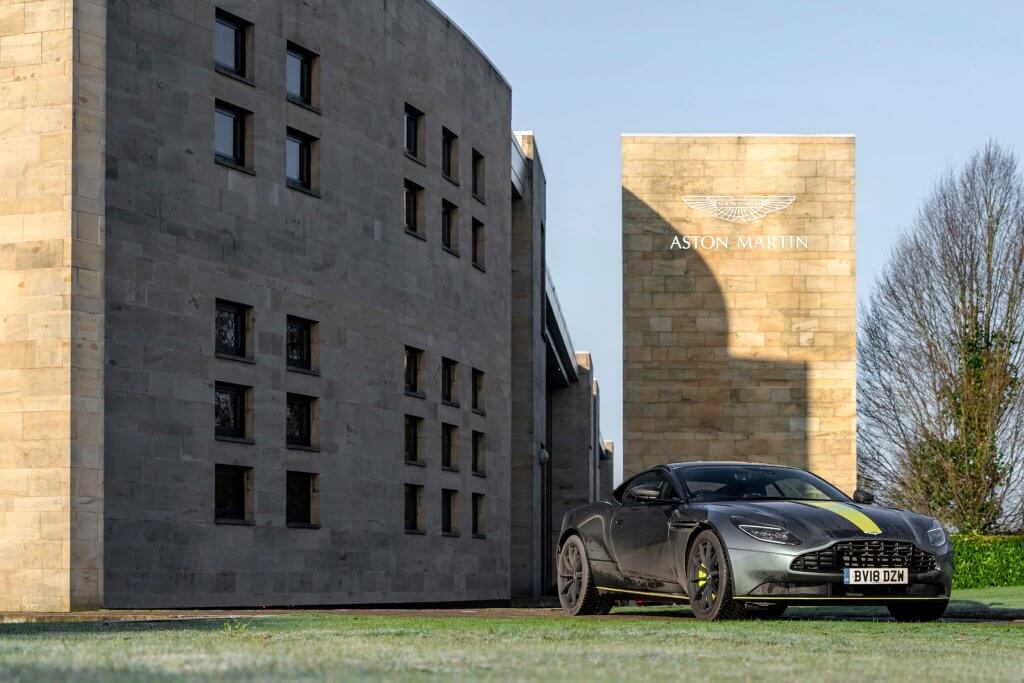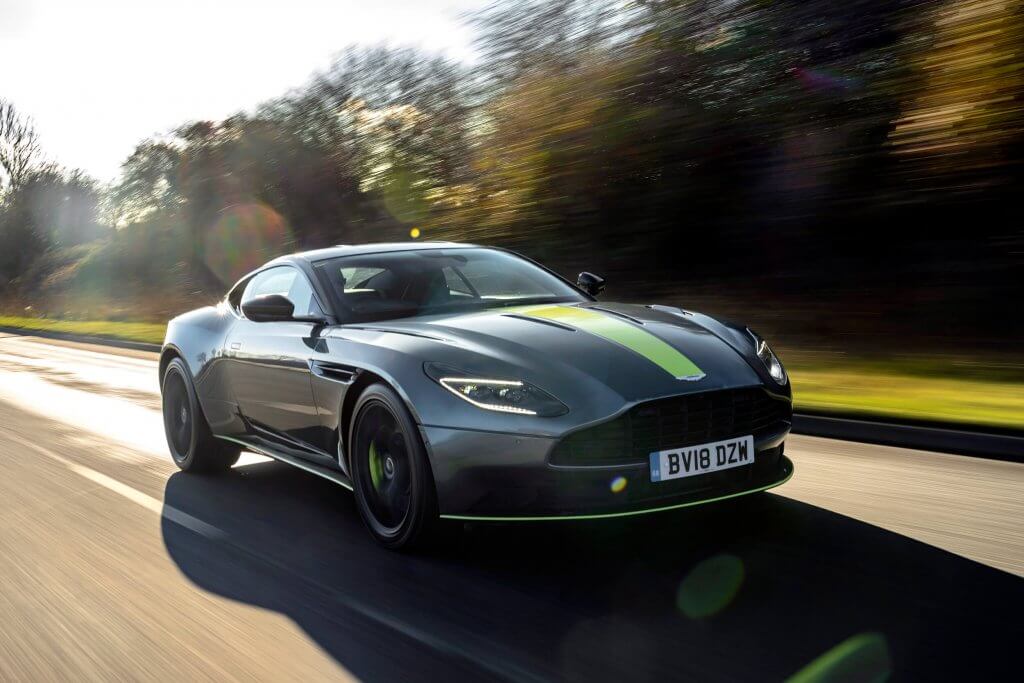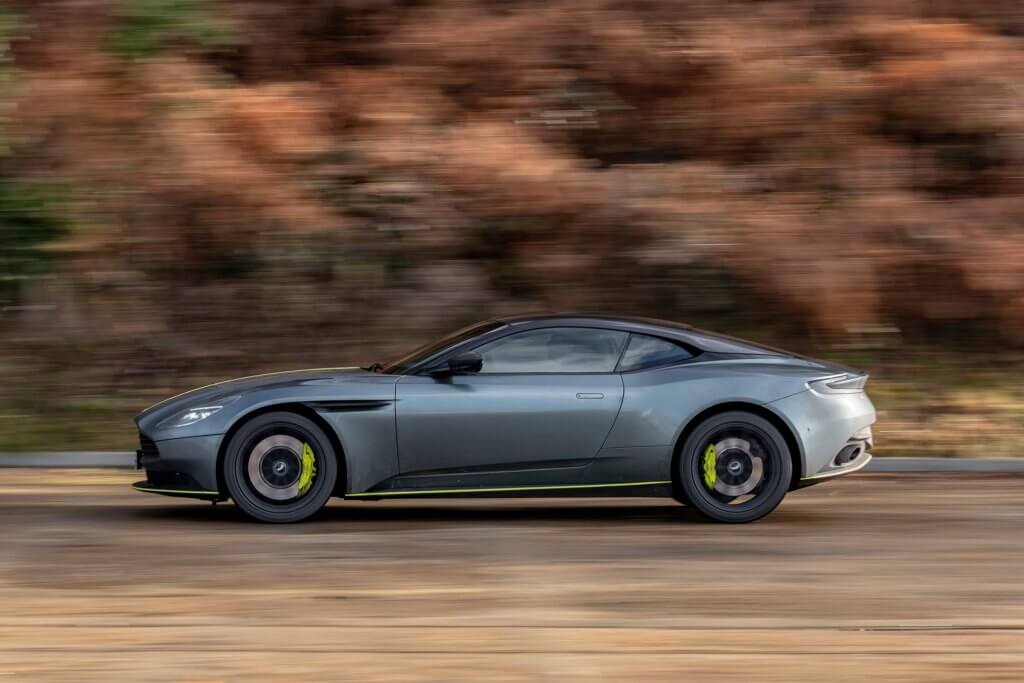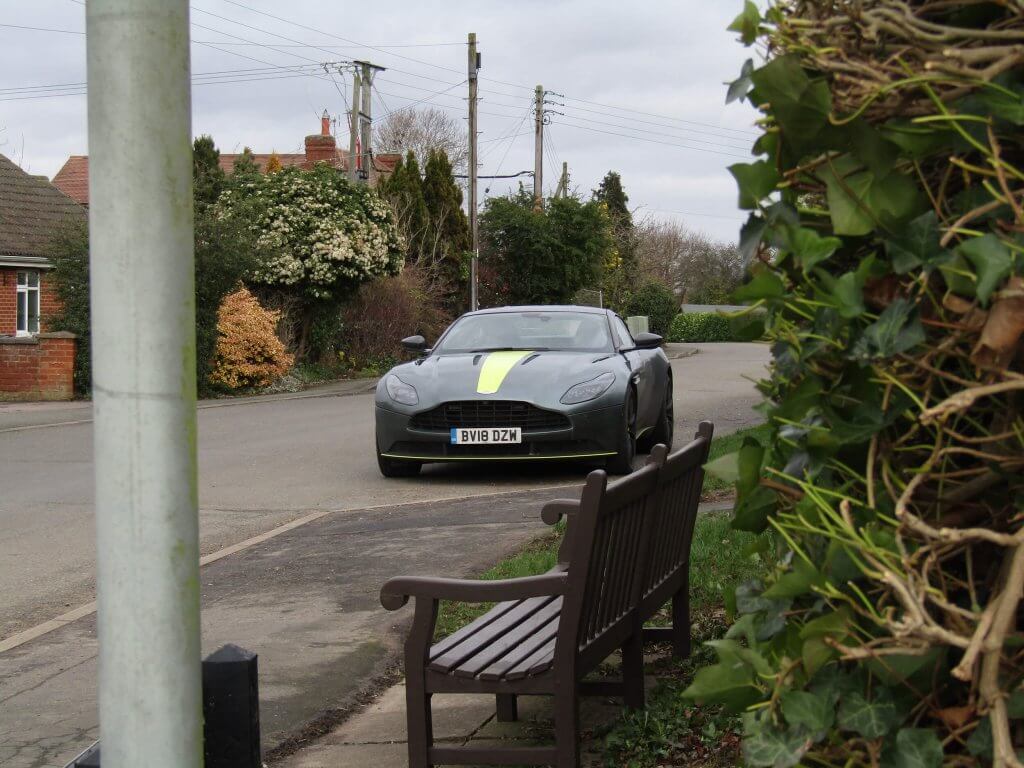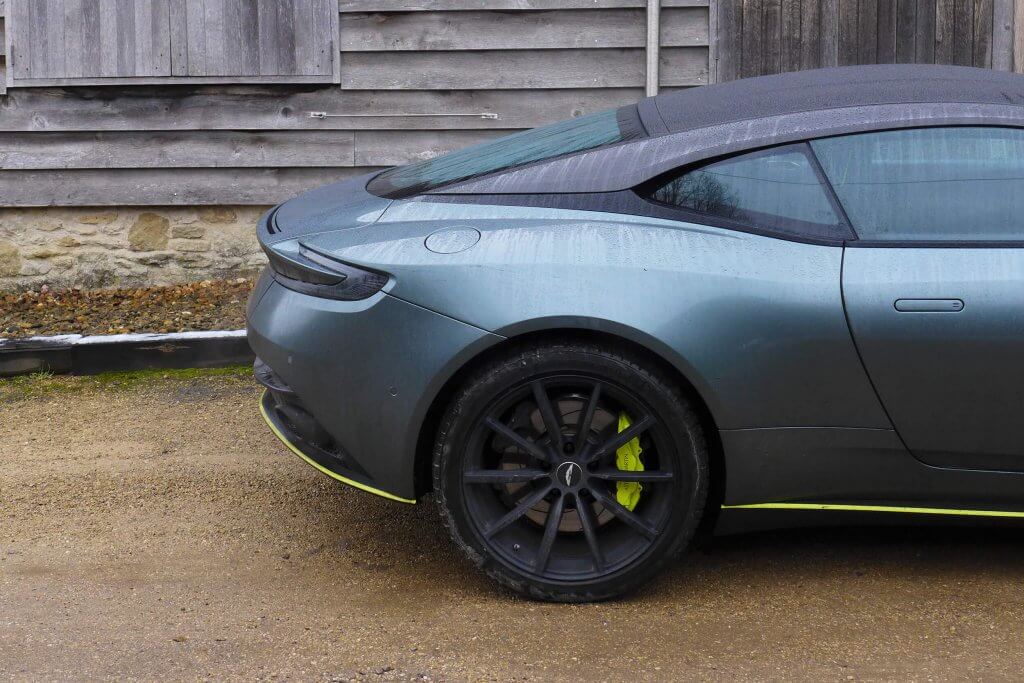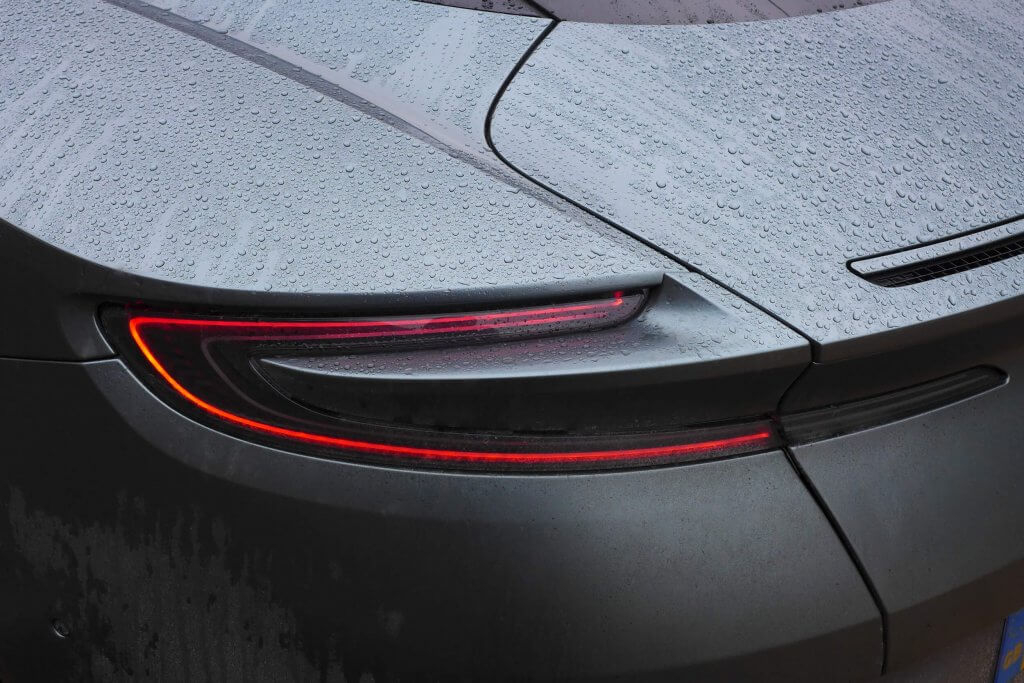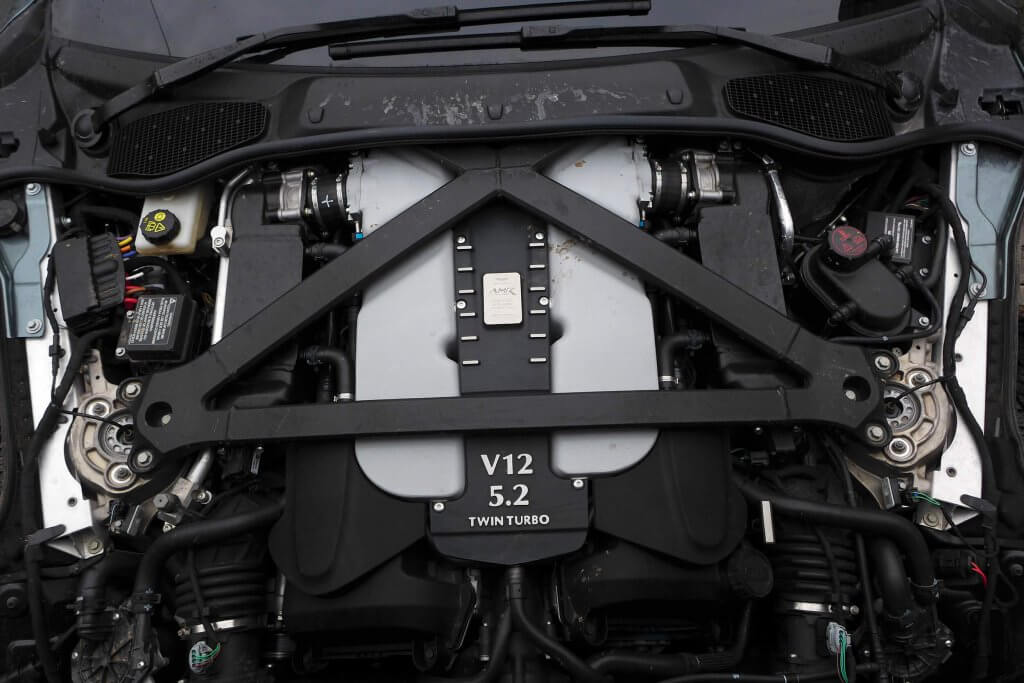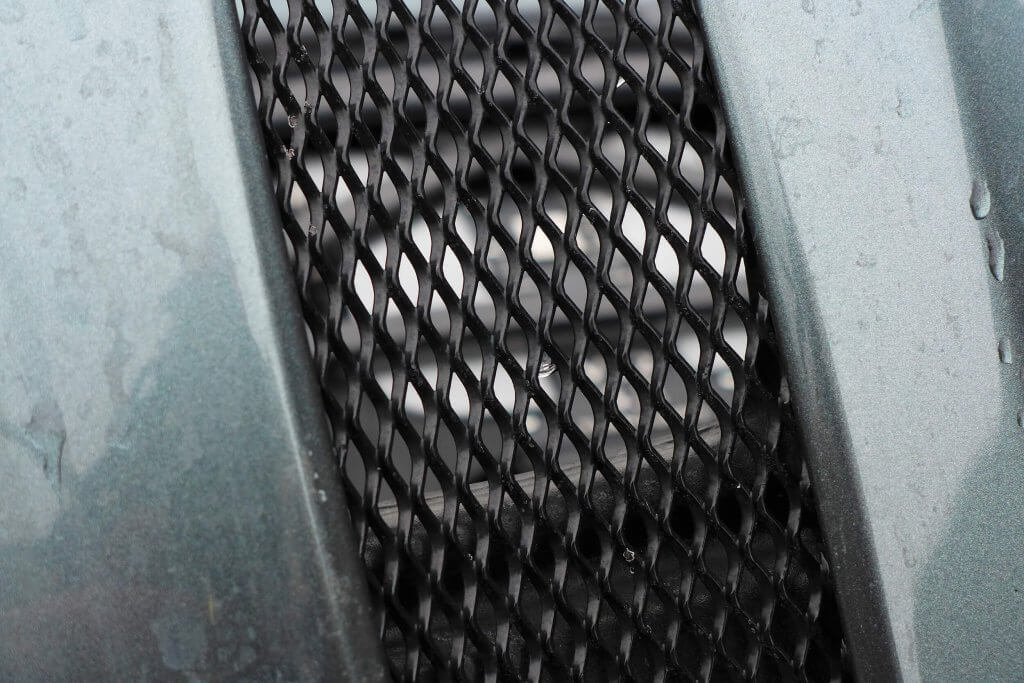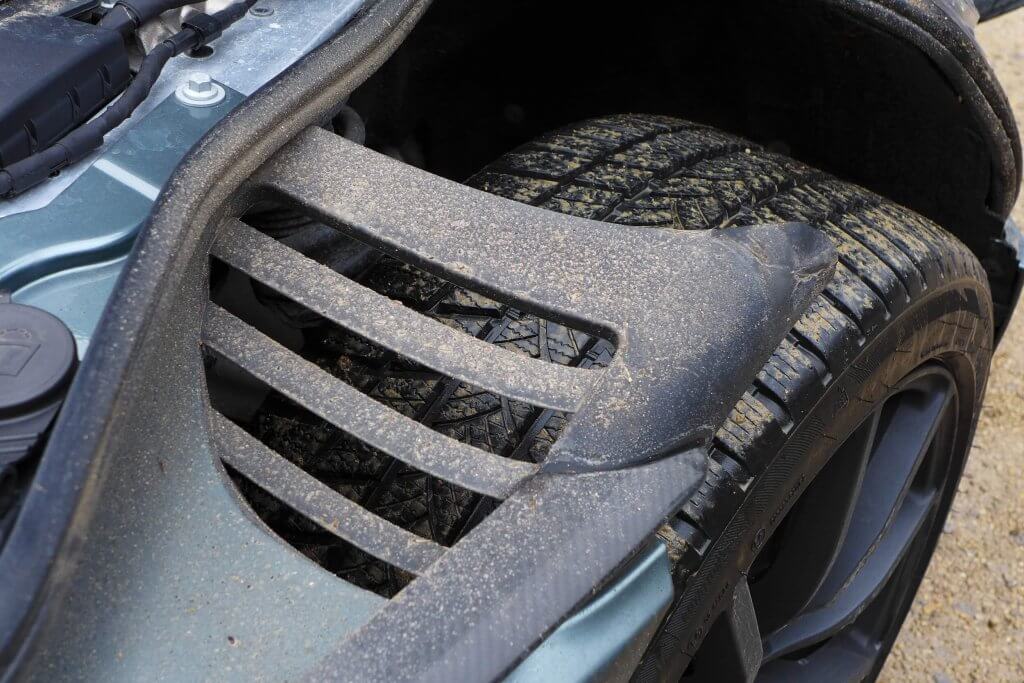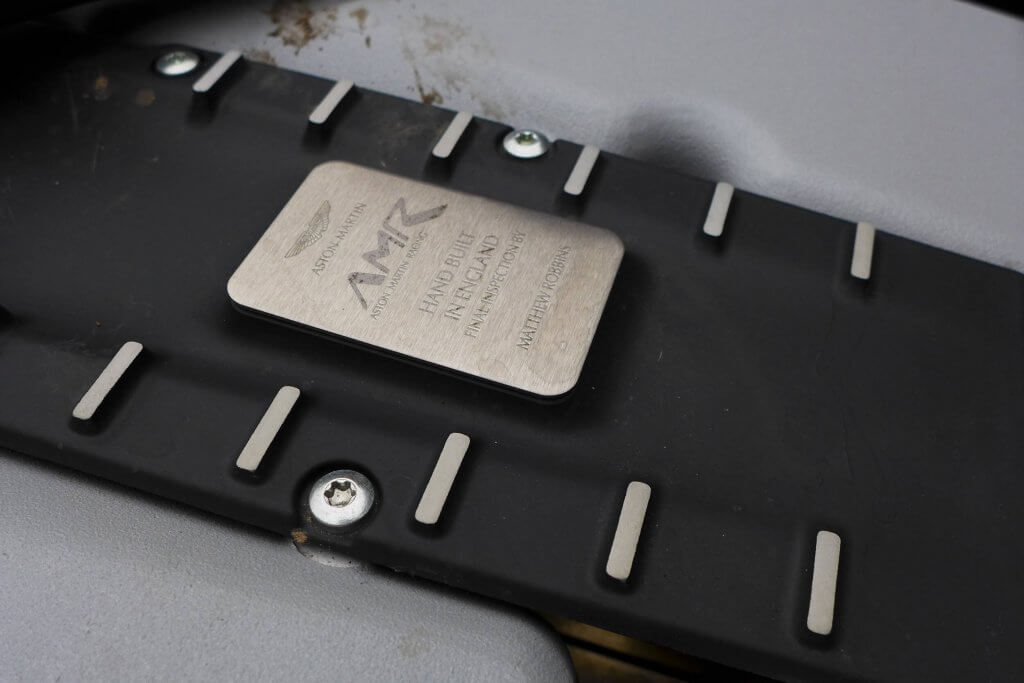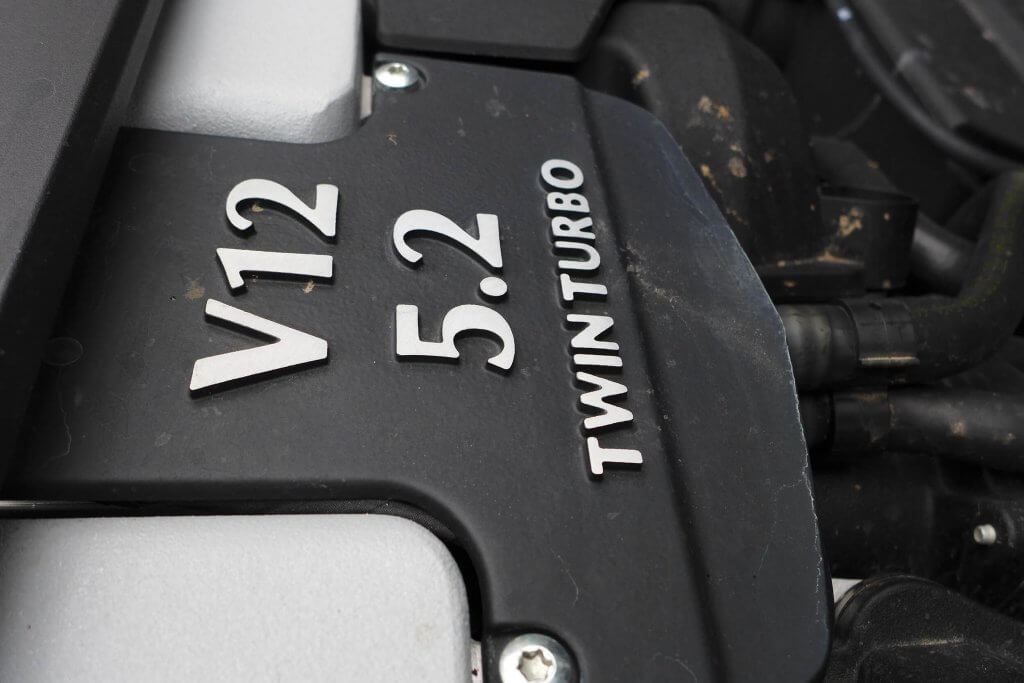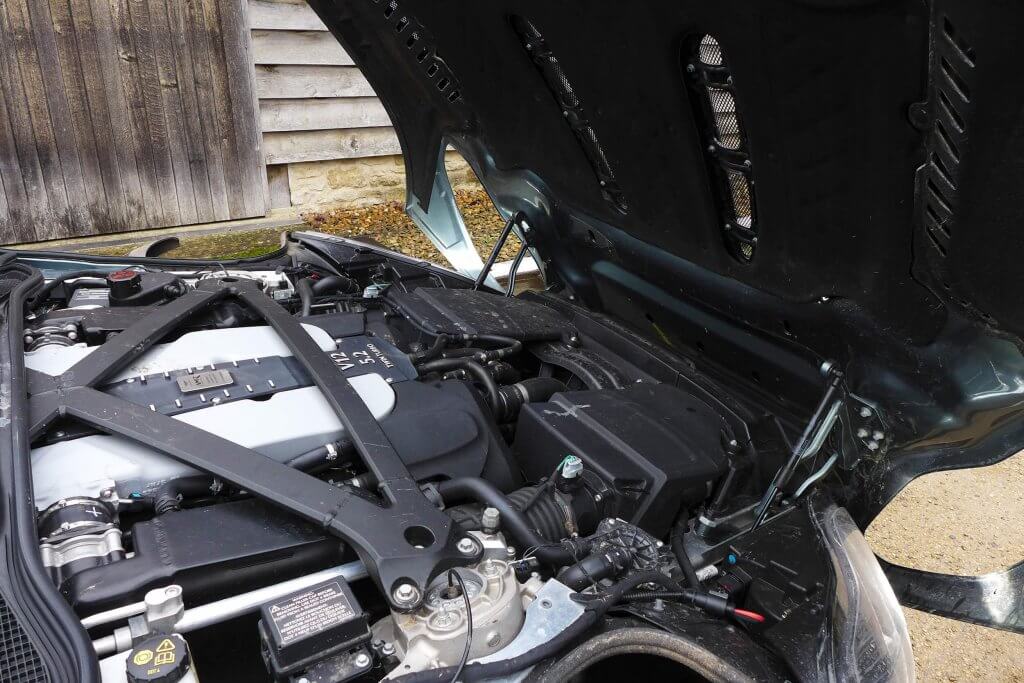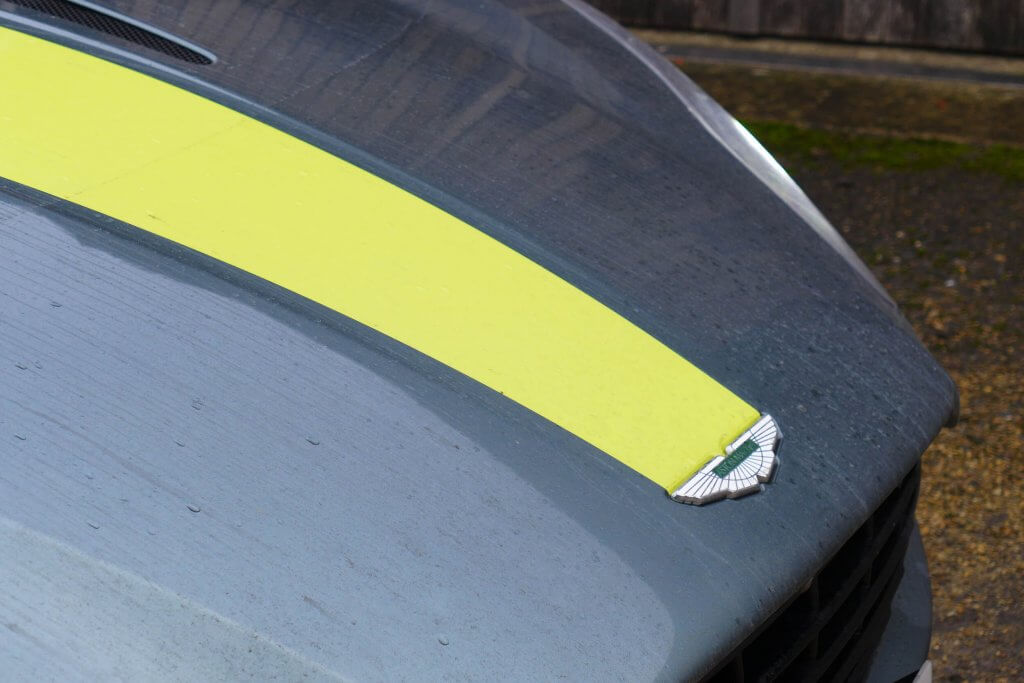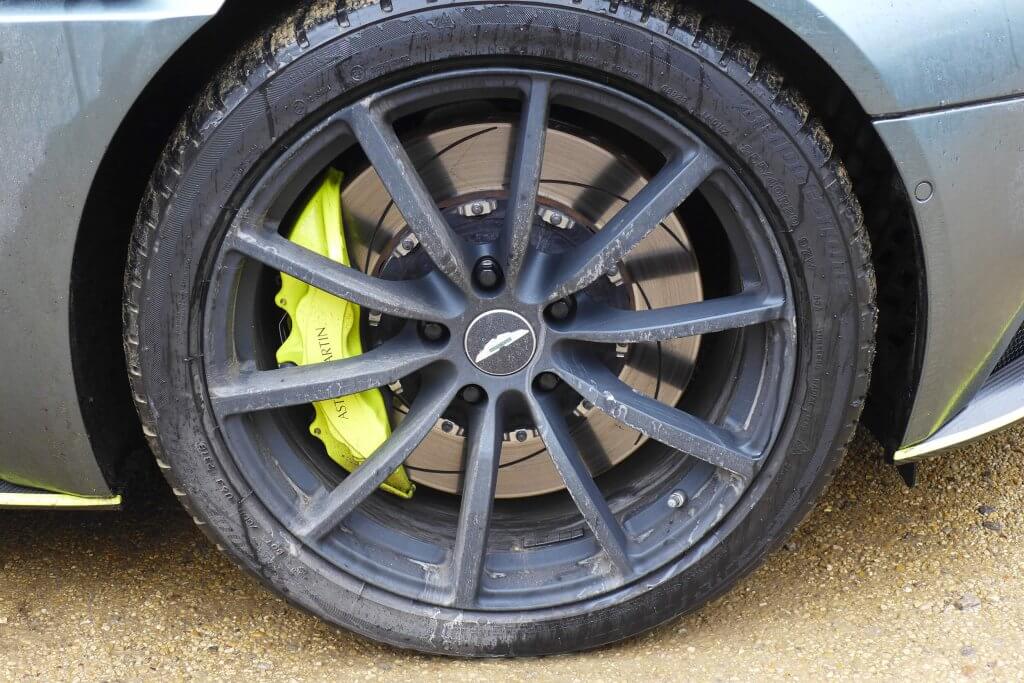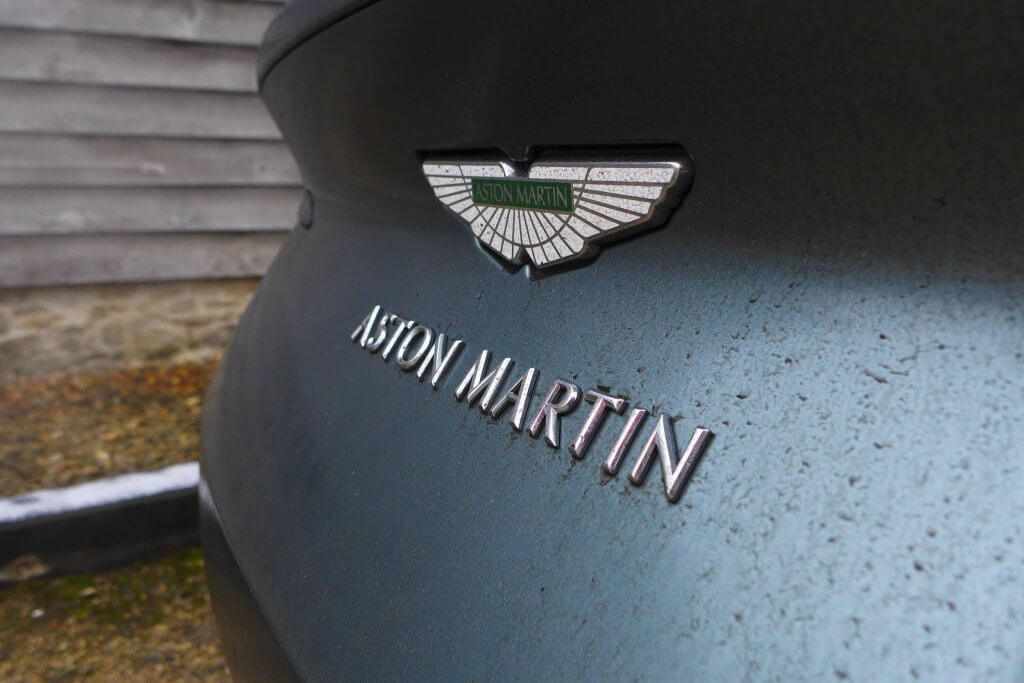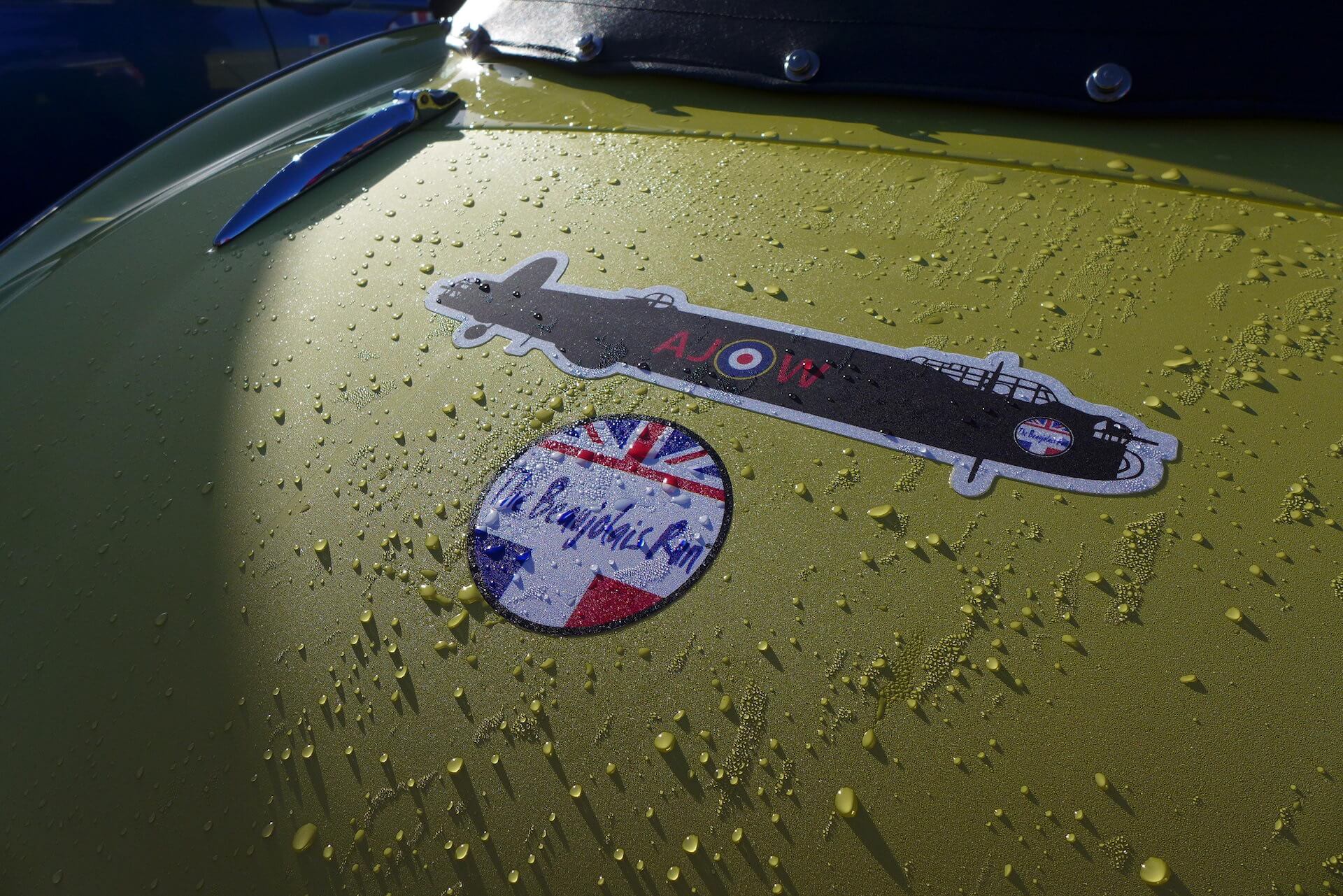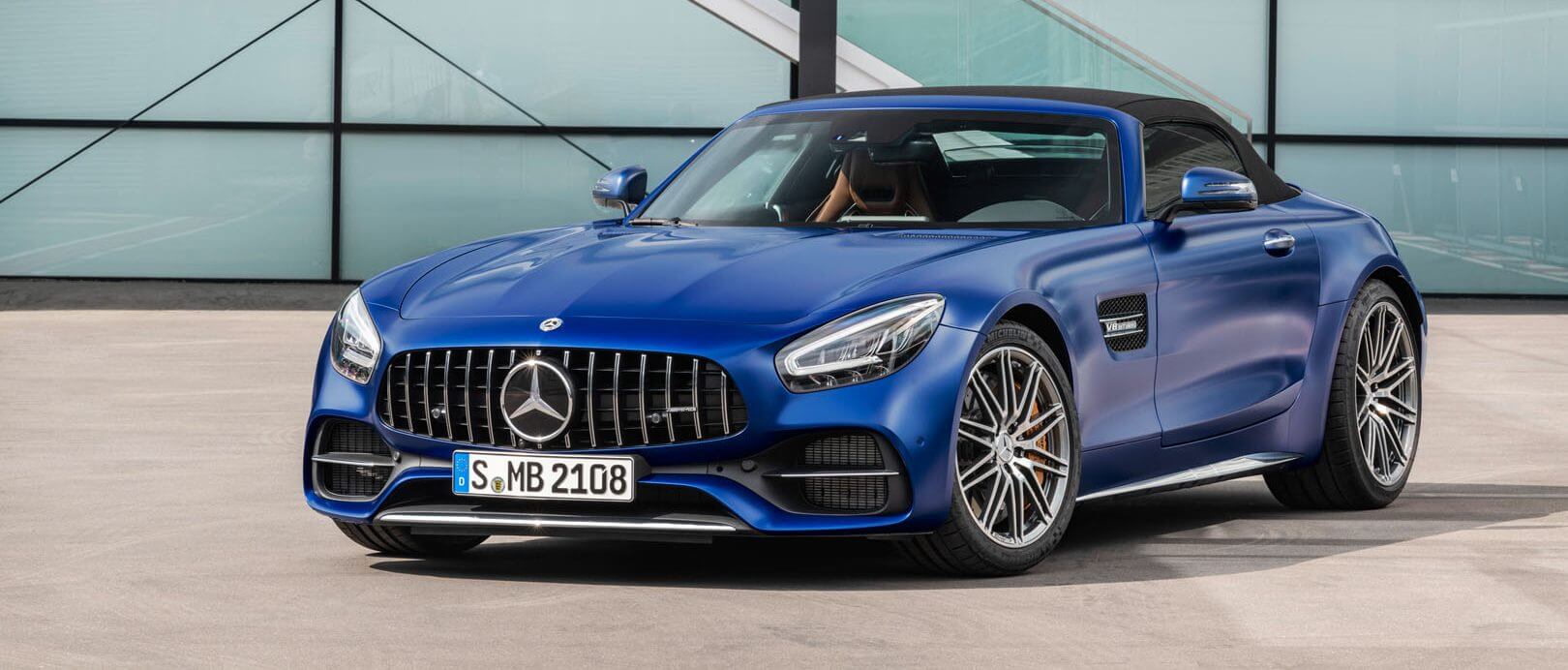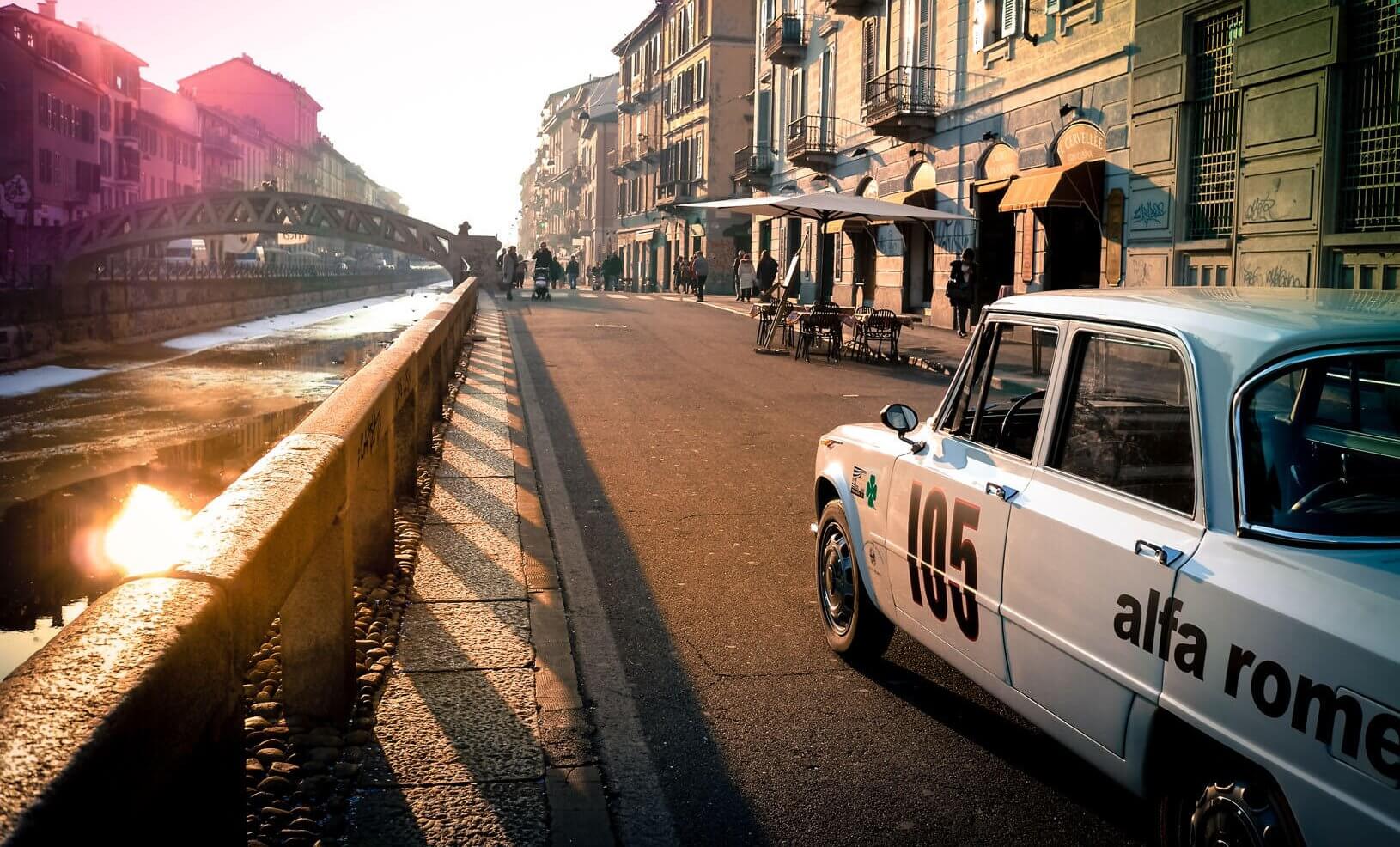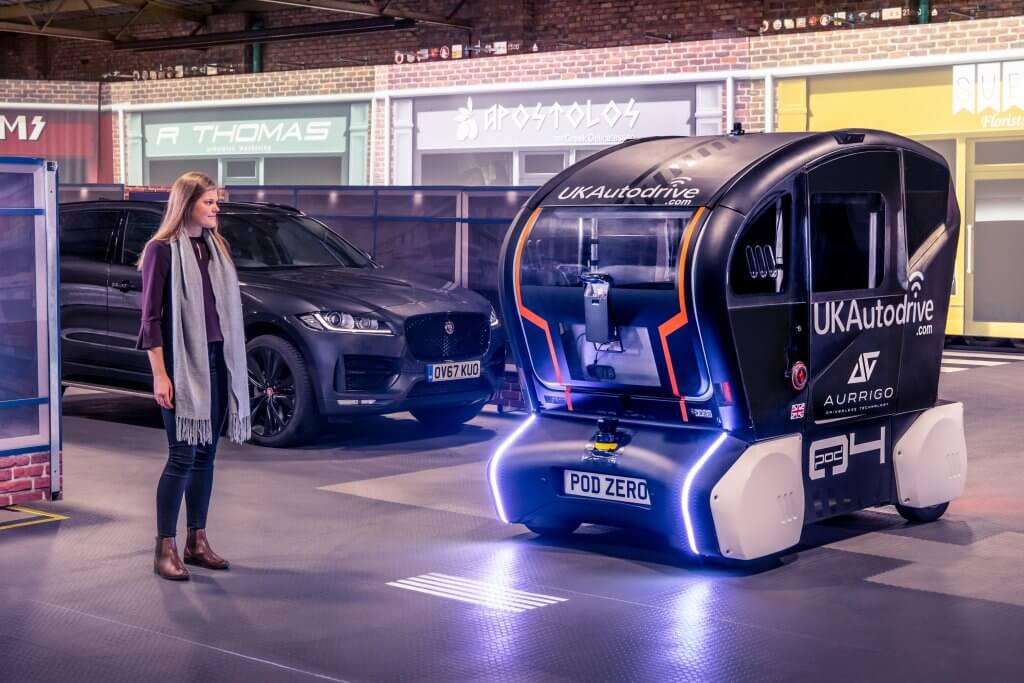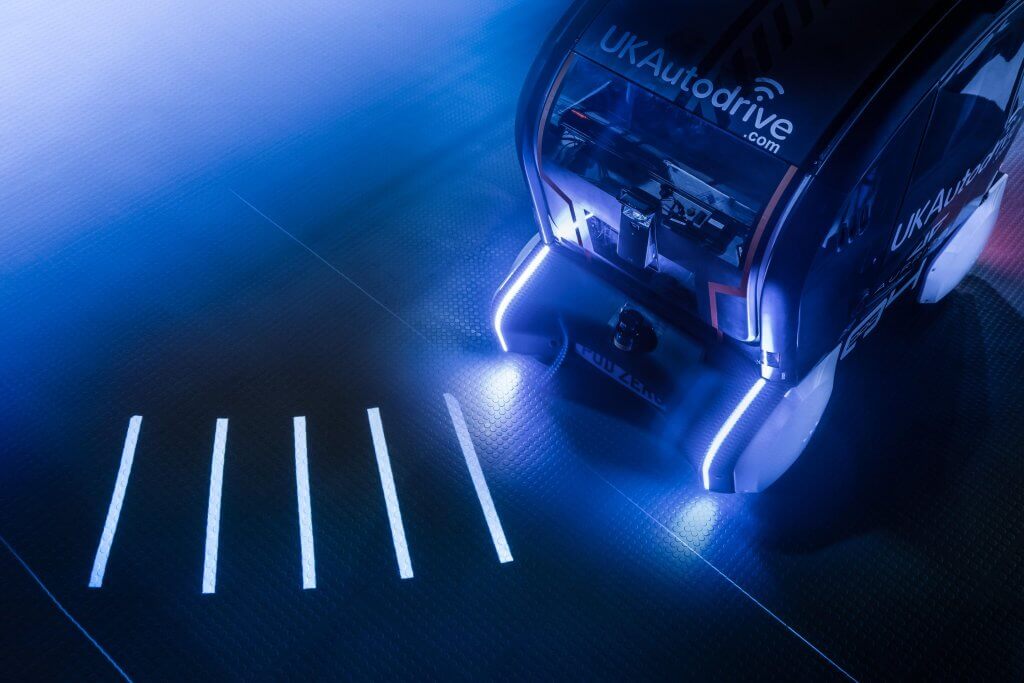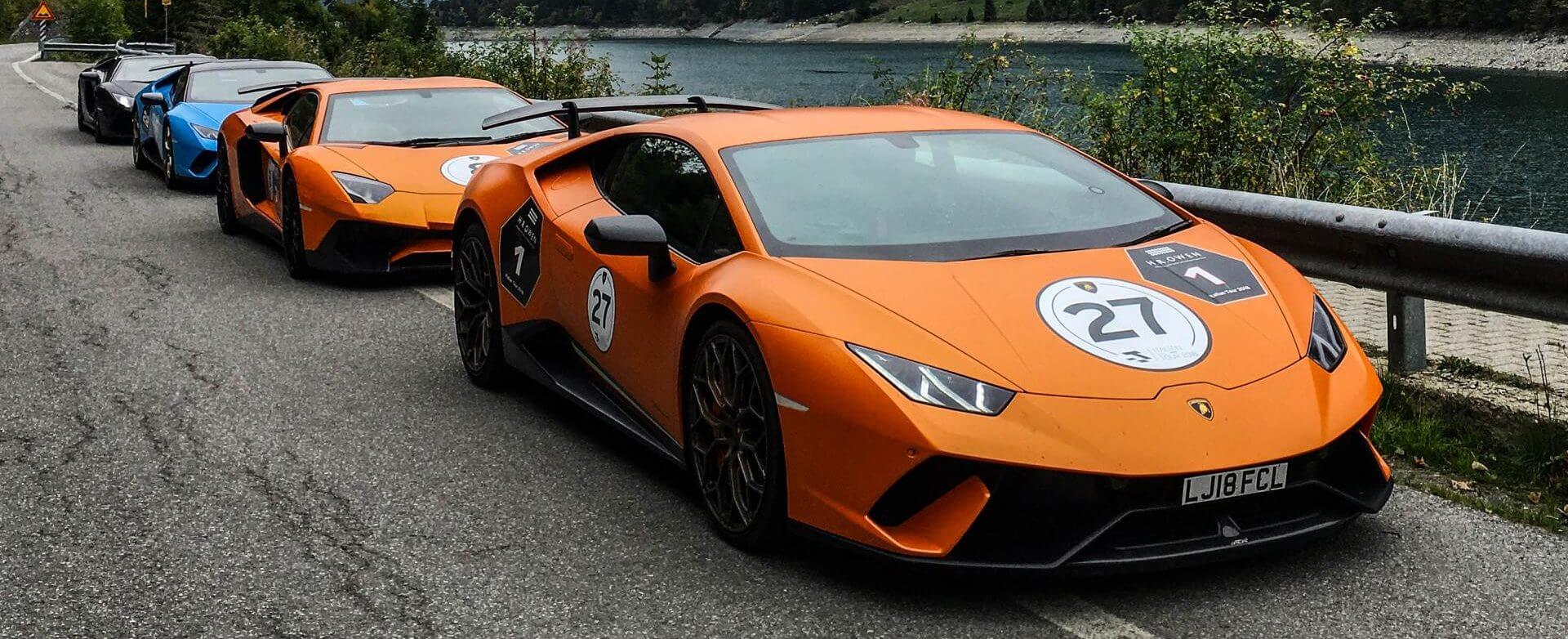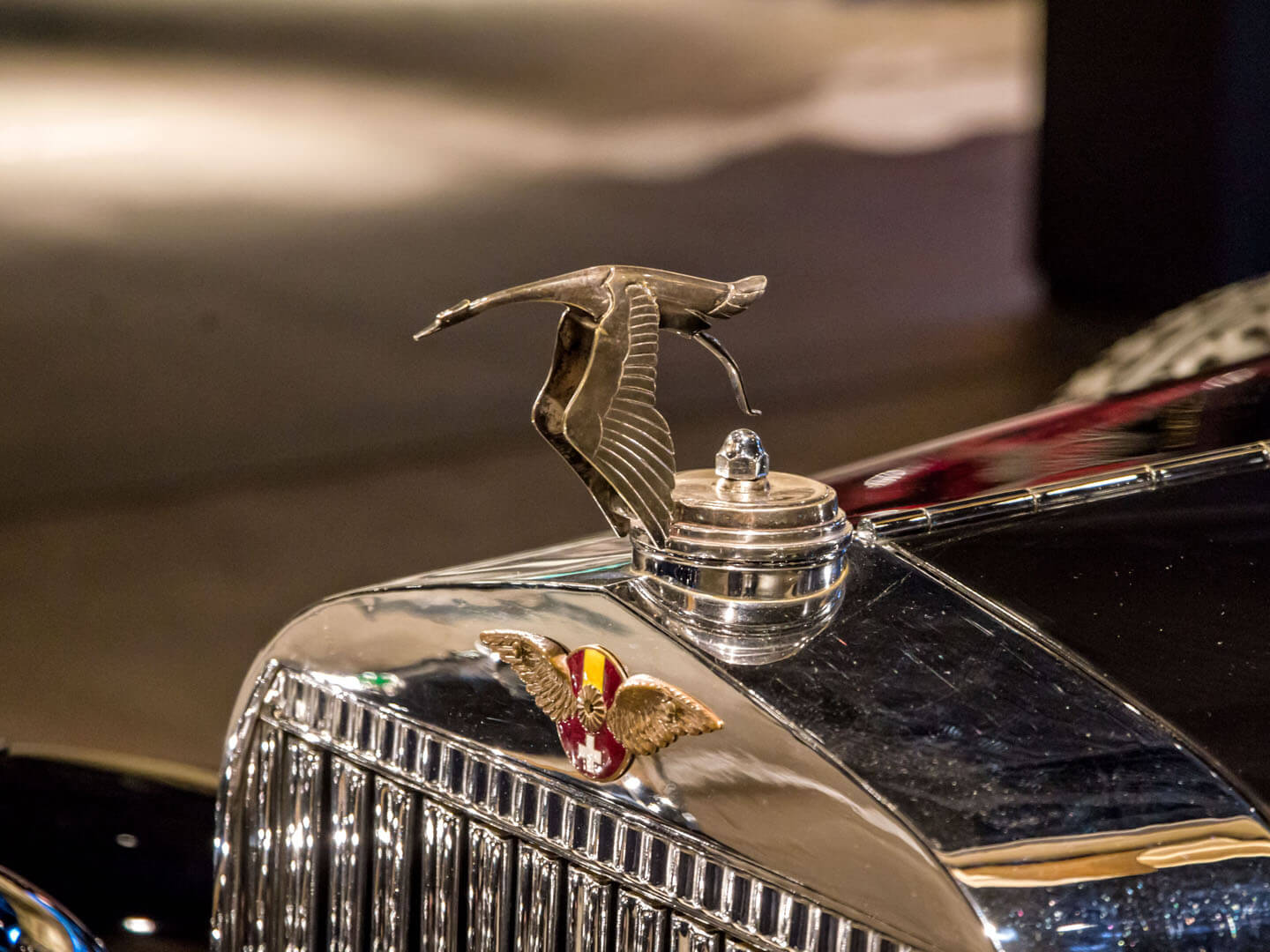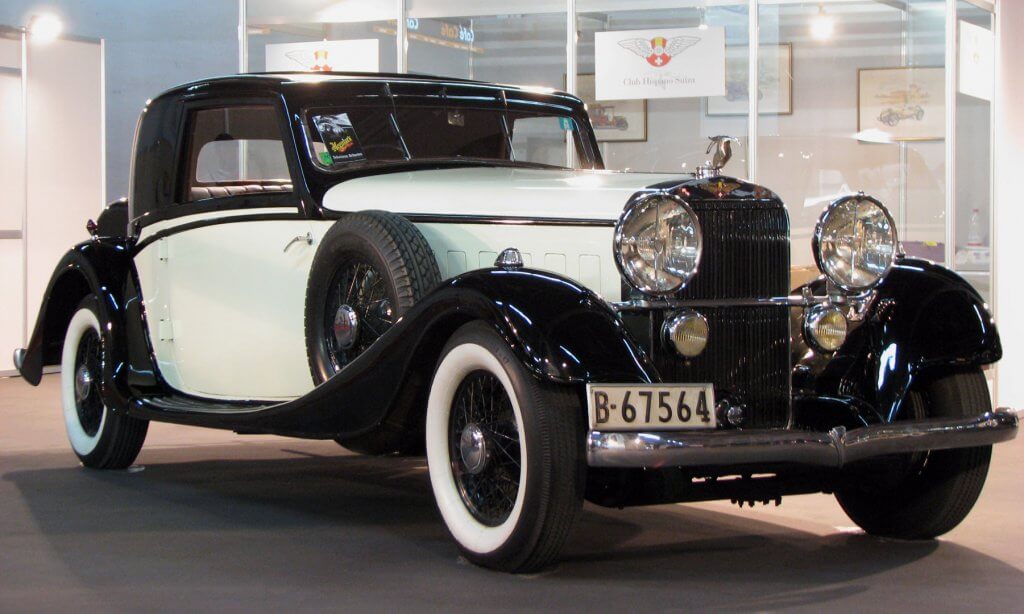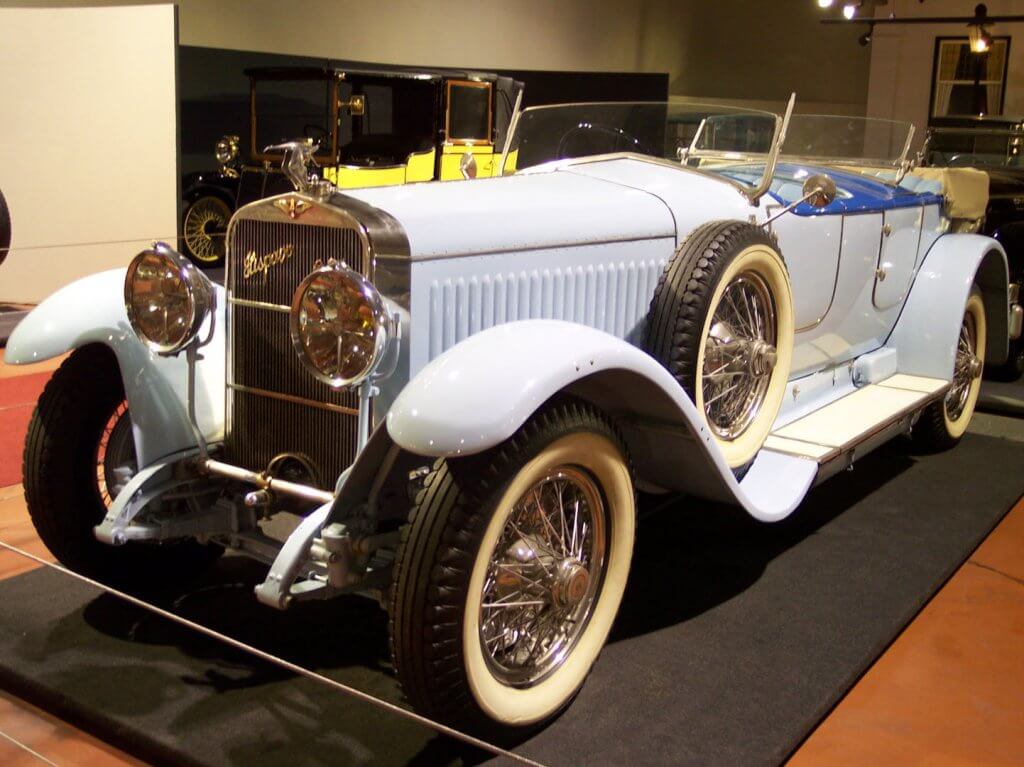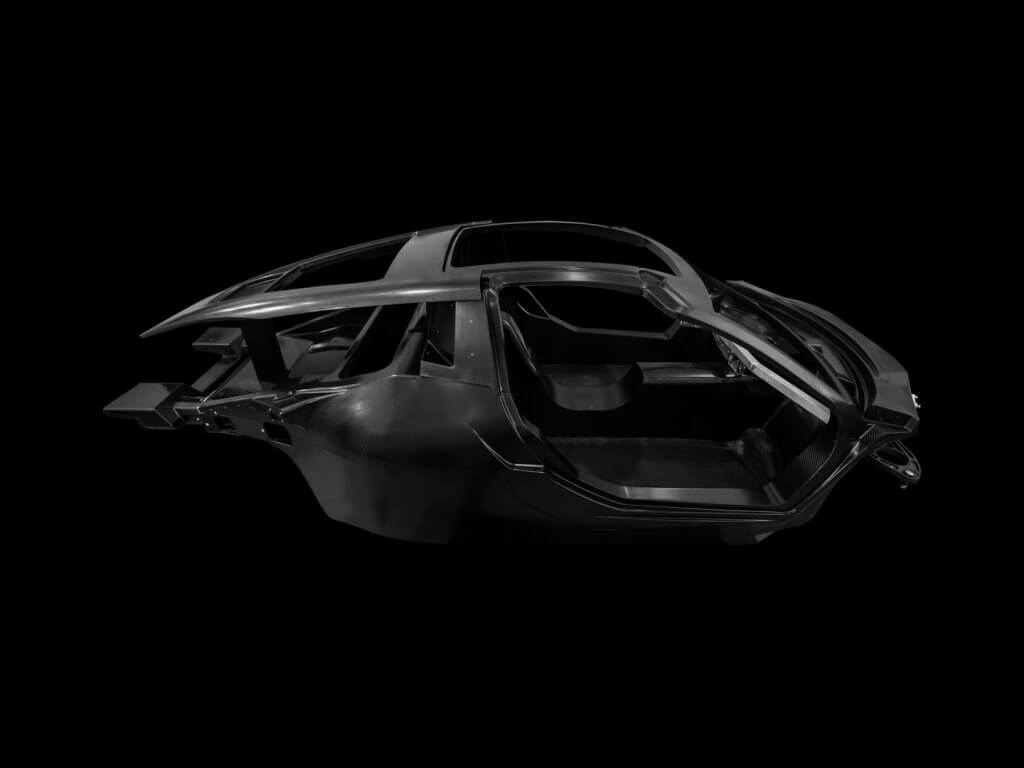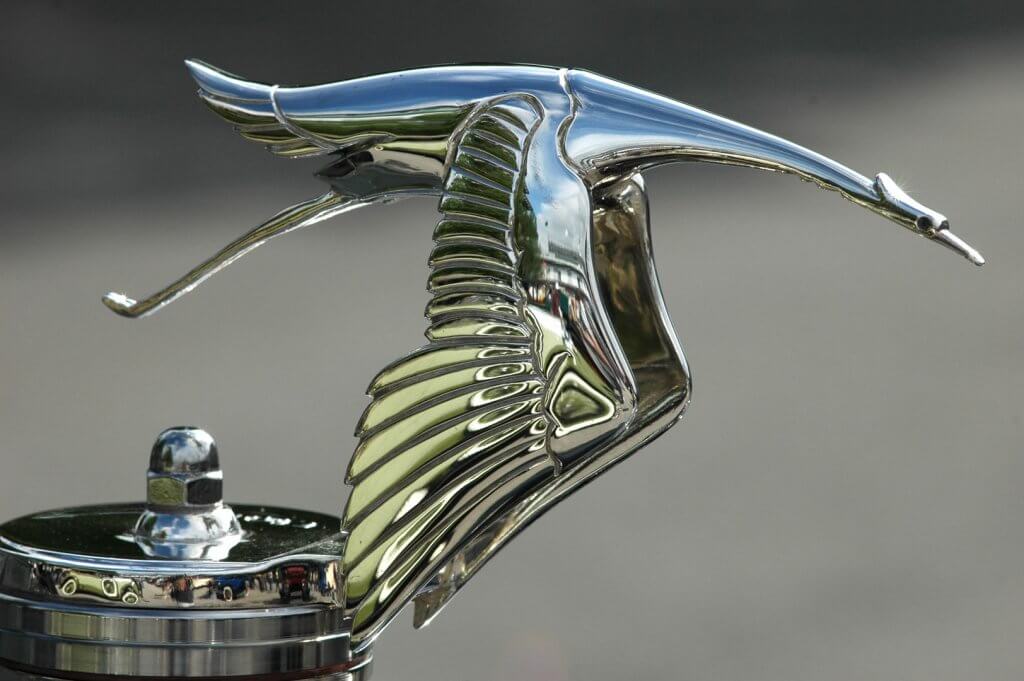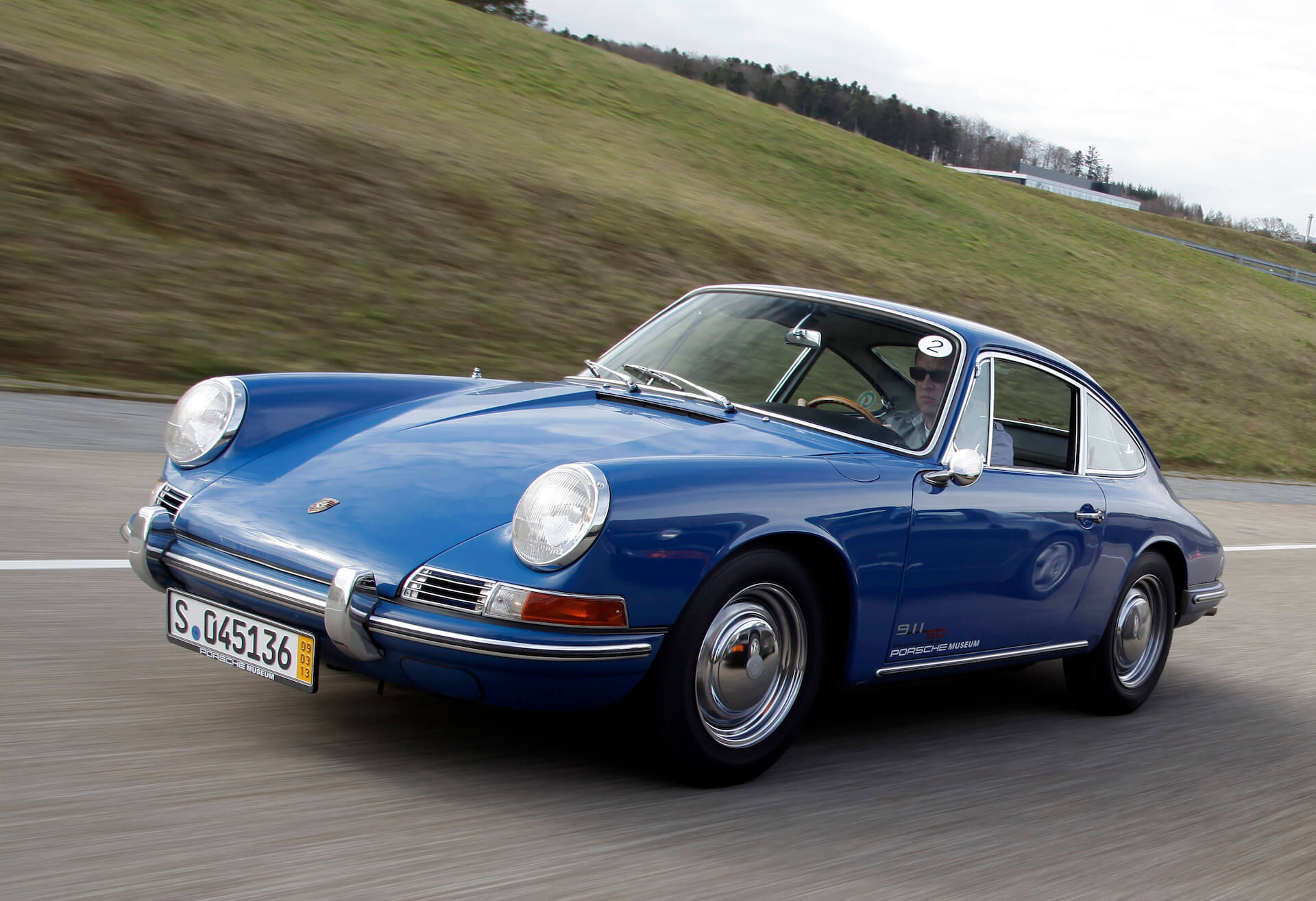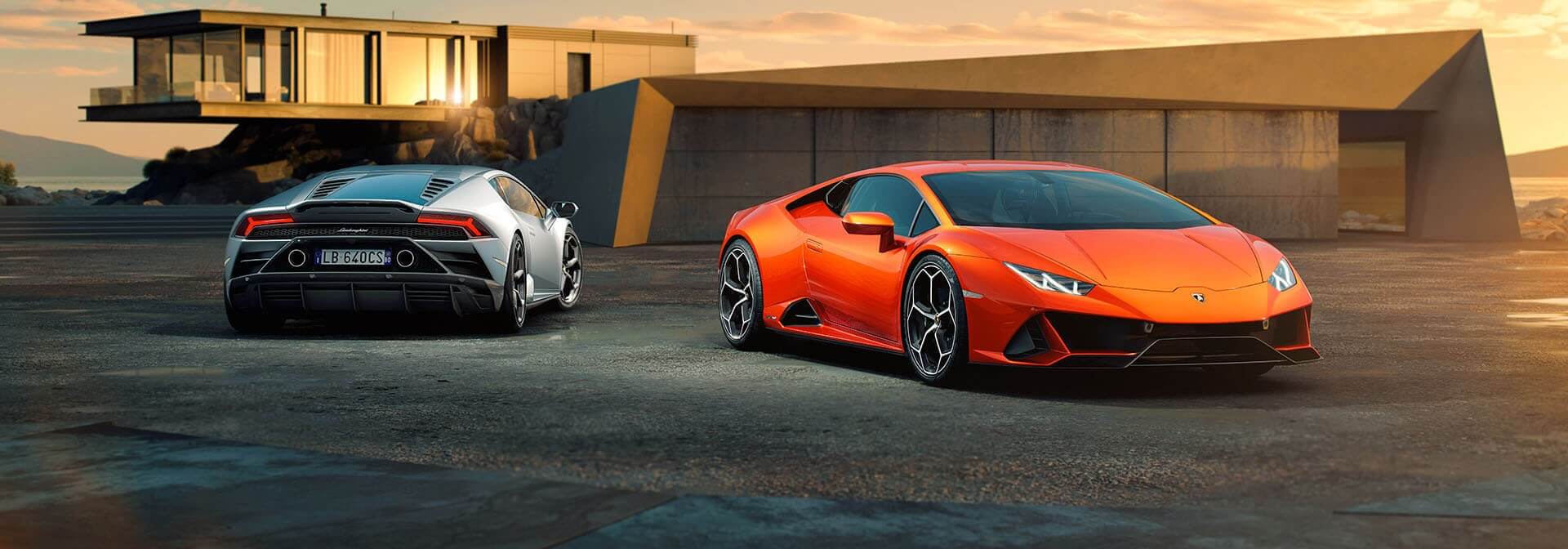The DB11 AMR, launched last year, is a powerful GT car with its handling honed by Aston Martin’s Chief Engineer, Matt Becker, who spent the earlier part of his career working for Lotus. Mr. Becker not only has impeccable formal credentials, but he also has a rare talent for balanced chassis dynamics, and I fully intended to put this particular talent to the test. I planned to cover almost 1,000 miles on different types of British roads in order to see if the AMR would acquit itself as a long-distance weapon of choice. Motorways, twisty B-roads, heavy city traffic, rain, and snow were all on the menu.
The interior is exquisitely finished, and I am talking about a standard coming close to the Rolls-Royce level. The ergonomics are very good, but some things require a period of acclimatization, however after a few days I operated all controls intuitively in the dark, their haptics are by far the best in the history of Aston Martin Lagonda. The Bang & Olufsen sound system initially sounded extremely disappointing, but I discovered that some poor soul had adjusted the bass and treble controls in such a way that only a solo viola could possibly sound good on it. Since I very rarely listen to solo viola recordings (I assume they must be pretty irritating), I readjusted the sound and all was good from then onwards. The visibility from the cockpit is excellent for a modern supercar, and an array of cameras are there to help the driver avoid running over small animals and unwary children.
These are all minor things, the most important is how it drives. And… yes, it appears that Matt Becker’s wizardry with chassis calibration has paid off. The steering feels natural, well-weighted and linear, and the compliance of the suspension in normal mode (it is an adaptive Skyhook setup) makes this car a viable grand tourer. The stiffer suspension settings are better reserved for the track only, as the DB11 AMR drives best on normal roads with the suspension in the normal setting and the drivetrain using the hottest map, as it reduces turbo lag, sharpens the throttle response and speeds up gearchanges, at the expense of fuel consumption.
In default modes, the car, staying within speed limits, can offer a fuel consumption as low as 9.5 l/100 km: it is only possible because this turbocharged engine has a huge swept volume to start with (5.2 liters) and develops lots of torque before the turbos spool up. The paper figures are impressive, too, 639 hp, 700 Nm of torque, 334 km/h, 0-100 km/h in 3.7 seconds. And it certainly feels that fast, albeit the default gearbox mode exacerbates the turbo lag. That said, the transmission, an 8-speed hydraulic torque converter ZF unit, is perfect for what this car sets out to do: absolute genius in stop-start traffic (unlike the automated manuals of some rivals…), almost invisible while cruising, and quick enough when pressing on.
What’s most important, a proper Gran Turismo should never become annoying, and this one doesn’t. On winter tires it did very well in snow and slush, braved very bumpy roads and long motorway jaunts while keeping me entertained with great feedback from the chassis. Over a series of bumps, the body movements were still controlled, and the tires remained resolutely stuck to the tarmac. Yes, twice it did go into “limp home” mode for no reason and twice reported a non-existent gearbox fault, but that is the charm of modern electronics. Those things happen. The faults were never repeated, and the car took me where I needed to go with no difficulties. What I like very much is the fact that there is absolutely zero stupidity in how this car is engineered and thought out, and there is nothing on it that is similar to the ridiculous reverse gear button on the Lamborghini Gallardo.
I don’t really care about the color of the car I am driving if it drives well, but here I will make an exception: the AMR (Aston Martin Racing) looks fabulous in its pale green hue with the lime detailing, and the lime stripe in the headliner is a stroke of genius. The car feels suitably special, and its price tag is fully justified. A useable, friendly supercar that just happens to be hellishly handsome. And the Becker effect? Yup, it works, combining fantastic suspension compliance with a rare surefootedness at medium speeds. If you are not a product of the video game generation, you will enjoy it just like I did.

